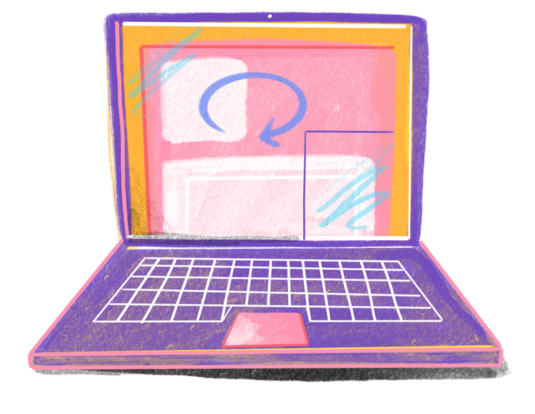The PRDB framework, developed in partnership with patients/families, can help organisations identify and reliably categorise PRDBs, including some that are invisible to clinicians; guide interventions to engage patients and families as diagnostic partners; and inform whole organisational learning.
Proxy Access/Caregivers
Co-development of OurDX—an online tool to facilitate patient and family engagement in the diagnostic process
Patients and their care partners are usually the first to notice new or changing symptoms and are the connecting “thread” between different healthcare encounters. In this article Sigall Bell, Fabienne Bourgeois, Stephen Liu, and Eric Thomas—along with patient partners Betsy Lowe and Liz Salmi—describe the co-development of an online tool called “OurDX” (Our Diagnosis) to engage patients and families in the diagnostic process
Care Partners and Patient Portals—Faulty Access, Threats to Privacy, and Ample Opportunity
Care partners value having access to their loved one’s information. The patient portal is a convenient way to access test results and clinical notes, communicate with health care practitioners, and link care partners to the clinical team, making it a powerful tool for realizing the goals of care.
Empowering informal caregivers with health information: OpenNotes as a safety strategy
Patients frequently depend on informal caregivers (e.g., family, friends, or paid workers) to assist with various aspects of medical care, such as medication administration and travel to medical appointments. OpenNotes seeks to share clinicians’ notes with patients through patient portals. Although patients frequently grant portal access to caregivers, the impact of this improved access to health information on the safety of care provided by caregivers remains unknown. Researchers sent a survey to 24,722 patients participating in OpenNotes who had at least one available visit note during the study period. The surveys were sent through the patient portal. Out of the 7058 surveys returned, 150 respondents self-identified as caregivers. Analysis of survey data revealed that access to patient notes enhanced caregiver understanding of recommended medical care including tests and referrals, reminded them about necessary testing, helped them understand results, reminded them about appointments, and improved caregiver ability to assist patients with medications. An Annual Perspective discussed the potential of health information technology to improve patient and caregiver engagement in safety.
What patients value about reading visit notes: a qualitative inquiry of patient experiences with their health information
Background: Patients are increasingly asking for their health data. Yet, little is known about what motivates patients to engage with the electronic health record (EHR). Furthermore, quality-focused mechanisms for patients to comment about their records are lacking.
Objective: We aimed to learn more about patient experiences with reading and providing feedback on their visit notes.
Methods: We developed a patient feedback tool linked to OpenNotes as part of a pilot quality improvement initiative focused on patient engagement. Patients who had appointments with members of 2 primary care teams piloting the program between August 2014-2015 were eligible to participate. We asked patients what they liked about reading notes and about using a feedback tool and analyzed all patient reports submitted during the pilot period. Two researchers coded the qualitative responses (κ=.74).
Inviting patients and care partners to read doctors’ notes: OpenNotes and shared access to electronic medical records
Care partners were more likely to access and use patient portal functionality and reported improved communication with patients’ providers at follow-up. Our findings suggest that offering patients and care partners access to doctors’ notes is acceptable and improves communication and patients’ confidence in managing their care.
A patient feedback reporting tool for OpenNotes: Implications for patient-clinician safety and quality partnerships
Patients and care partners reported potential safety concerns in about one-quarter of reports, often resulting in a change to the record or care. Early data from an OpenNotes patient reporting tool may help engage patients as safety partners without apparent negative consequences for clinician workflow or patient-clinician relationships.
Patients and families as teachers: a mixed method assessment of collaborative learning model for medical error disclosure and prevention
Despite growing interest in engaging patients and families (P/F) in patient safety education, little is known about how P/F can best contribute. We assessed the feasibility and acceptability of a patient–teacher medical error disclosure and prevention training model. We developed an educational intervention bringing together interprofessional clinicians with P/F from hospital advisory councils to discuss error disclosure and prevention. Patient focus groups and orientation sessions informed curriculum and assessment design. A pre-post survey with qualitative and quantitative questions was used to assess P/F and clinician experiences and attitudes about collaborative safety education including participant hopes, fears, perceived value of learning experience and challenges. Responses to open-ended questions were coded according to principles of content analysis.
Patients, Care Partners, and Shared Access to the Patient Portal: Online Practices at an Integrated Health System
Shared access is an underused strategy that may bridge patients’ health literacy deficits and lack of technology experience and that helps but does not fully resolve concerns regarding patient and care partner identity credentials.
Family Caregivers and Consumer Health Information Technology
Health information technology has been embraced as a strategy to facilitate patients’ access to their health information and engagement in care. However, not all patients are able to access, or are capable of using, a computer or mobile device. Although family caregivers assist individuals with some of the most challenging and costly health needs, their role in health information technology is largely undefined and poorly understood. This perspective discusses challenges and opportunities of engaging family caregivers through the use of consumer-oriented health information technology. We compile existing evidence to make the case that involving family caregivers in health information technology as desired by patients is technically feasible and consistent with the principles of patient-centered and family-centered care. We discuss how more explicit and purposeful engagement of family caregivers in health information technology could advance clinical quality and patient safety by increasing the transparency, accuracy, and comprehensiveness of patient health information across settings of care. Finally, we describe how clarifying and executing patients’ desires to involve family members or friends through health information technology would provide family caregivers greater legitimacy, convenience, and timeliness in health system interactions, and facilitate stronger partnerships between patients, family caregivers, and health care professionals.



